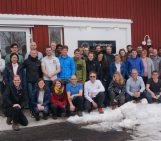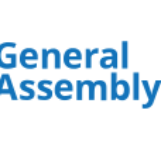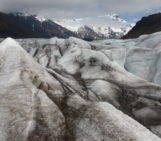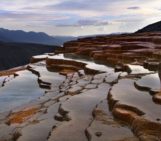The 2019 Glacial Isostatic Adjustment (GIA) Training School was hosted by Lantmäteriet (the Swedish Mapping, Cadastral, and Land Registration Authority) in Gävle, Sweden from 26 – 30 August. GIA is the response of the solid Earth to past and present-day changes of glaciers and ice sheets. Research interests in GIA span the geosciences: from regional planning applications (reclamation/flooding of land due to uplift/subsidence) to constraining past ice sheet history. For this blog, two attendees interviewed lecturers and participants to summarise the five-day training school.
From over 160 applicants, 41 students and early-career researchers from 28 countries (on 6 continents!) were selected to attend the school. Instruction included a mixture of lectures and practical modeling exercises – with ample time for discussions over coffee (or, Fika). An interesting aspect of the training school was that all lectures were live-streamed. Up to 60 people were tuned-in at any given time, and there have been more than 500 individual views of the online content.
“The participants at the 2019 GIA training school were amazing – they came from a wide range of scientific, geographic, and cultural backgrounds, and they threw themselves into the task of extracting as much information as possible from the lecturers and other participants!” said Dr. Pippa Whitehouse, Associate Professor of Geography at Durham University and one of the organizers of the Training School. “In fact, [the students’] input was vital to shaping the content of the entire training school: at the start of the week we challenged them to come up with a series of questions they wanted us to answer, and I think we just about covered everything by the end of the week.”
The lectures and exercises covered a wide range of topics including: History of Land Uplift Research (Martin Ekman), Introduction to GIA (Glenn Milne and Erik Ivins), GIA Modeling (Giorgio Spada), Geodetic GIA Observations (Tonie Van Dam), Sea-level Change (Riccardo Riva), GIA-triggered Earthquakes (Rebekka Steffen), Ice Sheet Modeling (Frank Pattyn), Continental Record of Ice Sheet and Relative Sea Level History (Mike Bentley), Seafloor Record of Ice Sheet History (Julia Wellner), Coupled GIA Modeling and Data-Model Comparison (Pippa Whitehouse), Antarctic Earth Structure and Geologic Record (Terry Wilson), Antarctica Earth Structure and Rheology from Seismology (Doug Wiens), and 3D GIA Modelling (Wouter van der Wal).
Modeling exercises utilized the forth-coming SELEN4 (SealEveL EquatioN solver – preprint available here) by Giorgio Spada and Daniele Melini, and f.ETISh (Fast Elementary Thermomechanical Ice Sheet Model) by Frank Pattyn. A break from the classroom came in the form of a day-long field trip to ancient, uplifted shorelines from the end of the last ice age that now sit 500m above sea level, modern beaches (where the effects of isostatic rebound can be viewed), an enormous esker (a long, winding ridge of sediment transported by meltwater), and an equally impressive 6m-tall glacial erratic (a large, glacially-transported boulder).
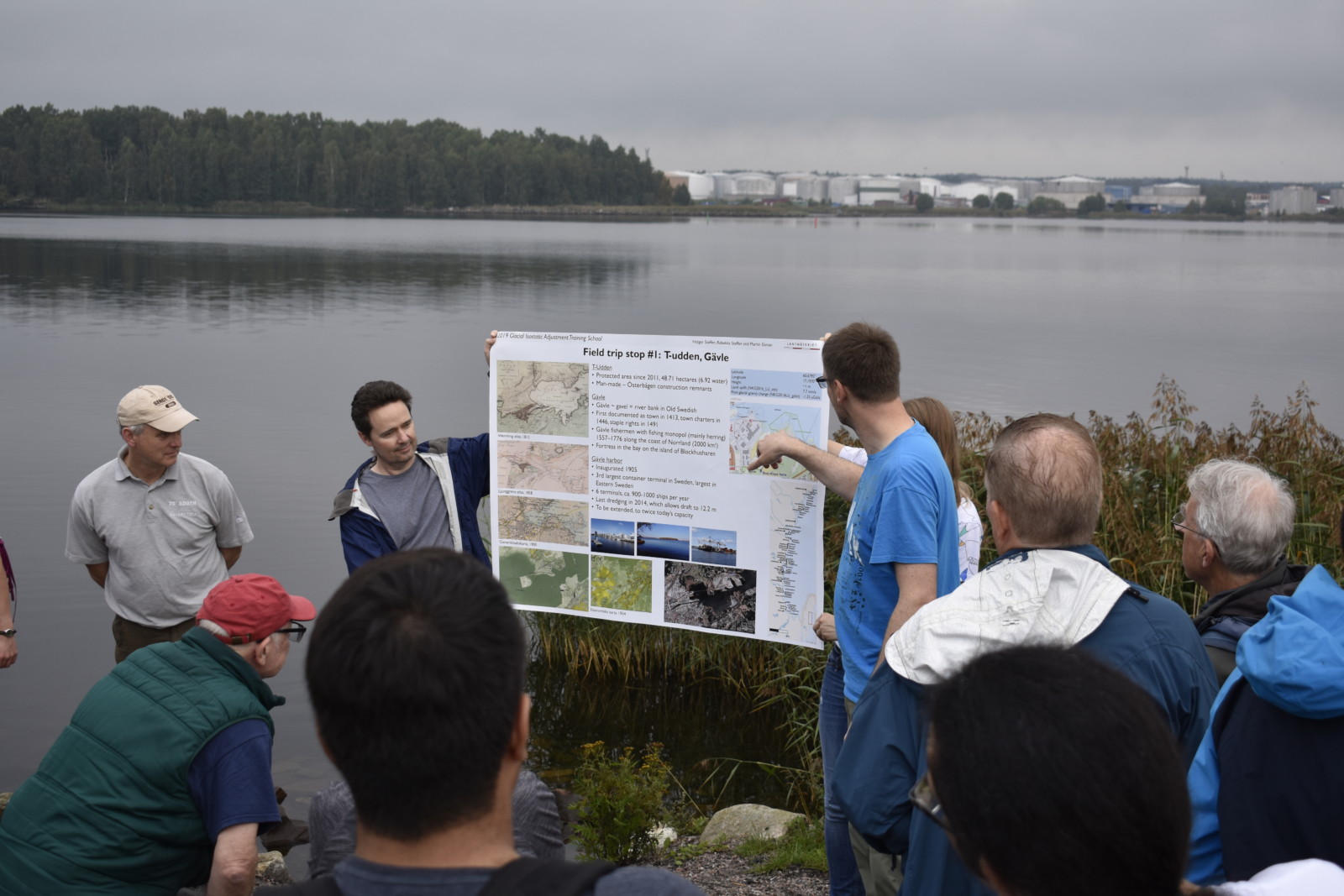
Holger Steffen showing students (and lecturers) how GIA has forced the city of Gävle to relocate their harbor, one of the largest in Sweden. [Photo by Peter Matheny (OSU)].
“This GIA training school really opened my eyes to the diversity of methods that are being employed to approach problems related to GIA,” said Jennifer Taylor, Ph.D. student in the Structure, Tectonics, and Metamorphic Petrology group at Department of Earth and Environmental Sciences, University of Minnesota. Jennifer attended the Training School in person. She was impressed by the breadth of earth science disciplines represented at the course, and the variety of datasets and modeling methods employed in the practical component. “As a researcher who typically works on million-year timescales,” she added, “it was fascinating to visit a region where people have been living with the dramatic results of rapid uplift throughout recorded human history.” Sweden, as well as other regions of Scandinavia, continue to experience significant effects of glacial isostatic rebound, with uplift rates on the order of several mm per year.
Dr. Deirdre Ryan, a postdoc at the University of Bremen’s Center for Marine Environmental Sciences (MARUM), attended the Training School virtually. While Dr. Ryan enjoyed the lectures and was glad for the opportunity to attend virtually, the inability for virtual attendees to participate in the practical component of the course with instructor supervision meant that they missed out on some of the most useful sessions of the week. “However, I think this is something that can be addressed,” she said. “I’m really excited to see that the virtual conference experience can be as fulfilling as in-person attendance without the requirement of travel and can really serve to reduce science’s carbon footprint.”
Financial support for the Training School was contributed by the National Science Foundation (NSF) through the Antarctic (ANET) component of the Polar Earth Observing Network (POLENET) project, the Scientific Committee on Antarctic Research (SCAR) through the Solid Earth Response and influence on Cryosphere Evolution (SERCE) program, the International Association of Cryospheric Sciences (IACS), the European Geosciences Union (EGU), and DTU Space.
The conference organizers were Stephanie Konfal (Ohio State University), Terry Wilson (Ohio State University), Rebekka Steffen (Lantmäteriet), Martin Lidberg (Lantmäteriet), Pippa Whitehouse (Durham University), and Holger Steffen (Lantmäteriet).
This was the fourth such training school, which has been alternatively hosted by Lantmäteriet and the Ohio State University in 2009, 2011, and 2015. All lectures from the School were recorded and are freely available on the POLENET’s website.
Further reading
- Image of the week – The solid Earth: softer than you might think!
- SLATE – Why is sea-level falling in Finland and Sweden?
Edited by Jenny Turton
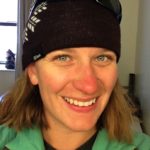 Libby Ives is a PhD candidate in the Department of Geosciences at the University of Wisconsin-Milwaukee. She studies the sedimentary records left behind by glaciers both in the Pleistocene and in the rock record, with a special focus on the Late Paleozoic Ice Age. You can find her on twitter @glaciogeoLives
Libby Ives is a PhD candidate in the Department of Geosciences at the University of Wisconsin-Milwaukee. She studies the sedimentary records left behind by glaciers both in the Pleistocene and in the rock record, with a special focus on the Late Paleozoic Ice Age. You can find her on twitter @glaciogeoLives
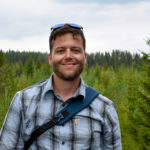 Peter Matheny is a PhD student in Geodetic Sciences at the Ohio State University, and is currently working with the POLENET project. When not taking classes, he works on improving the speed at which we can process large networks of GPS stations to realise global reference frames.
Peter Matheny is a PhD student in Geodetic Sciences at the Ohio State University, and is currently working with the POLENET project. When not taking classes, he works on improving the speed at which we can process large networks of GPS stations to realise global reference frames.


